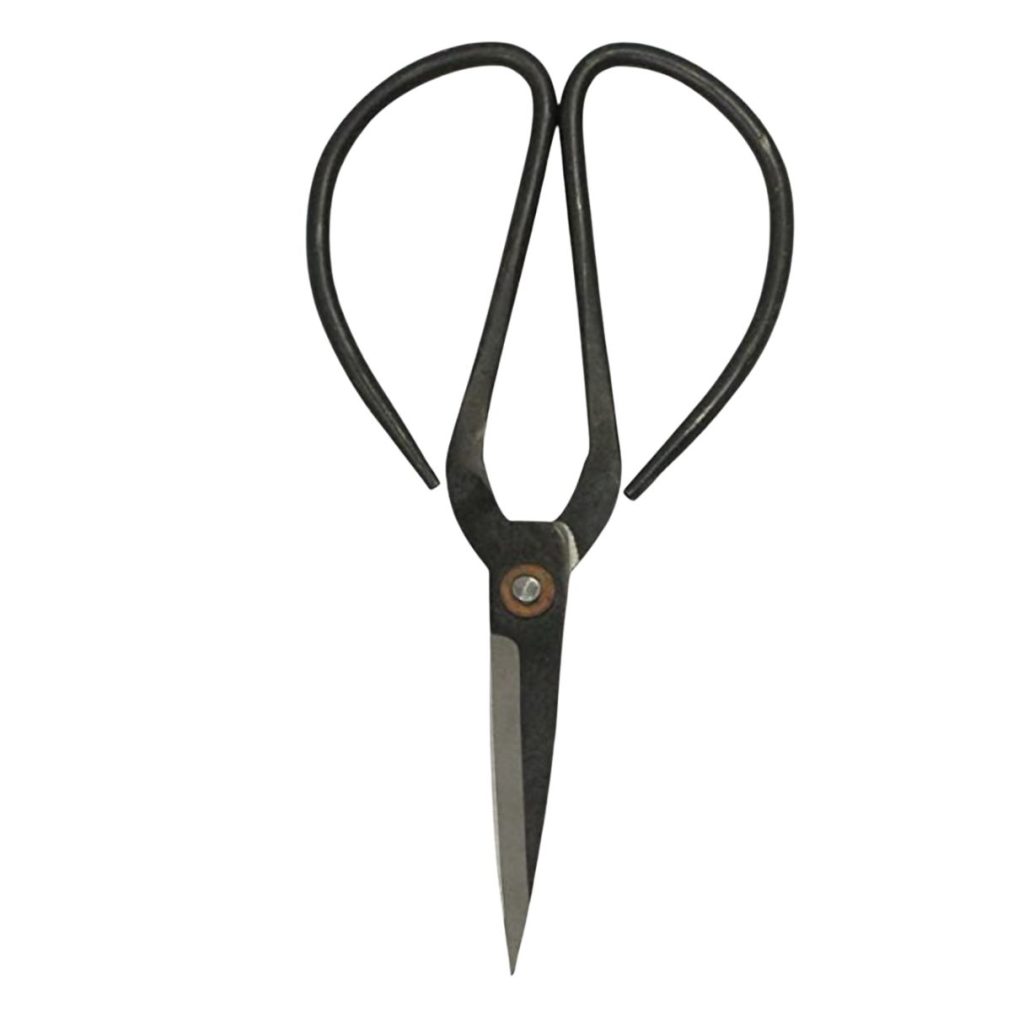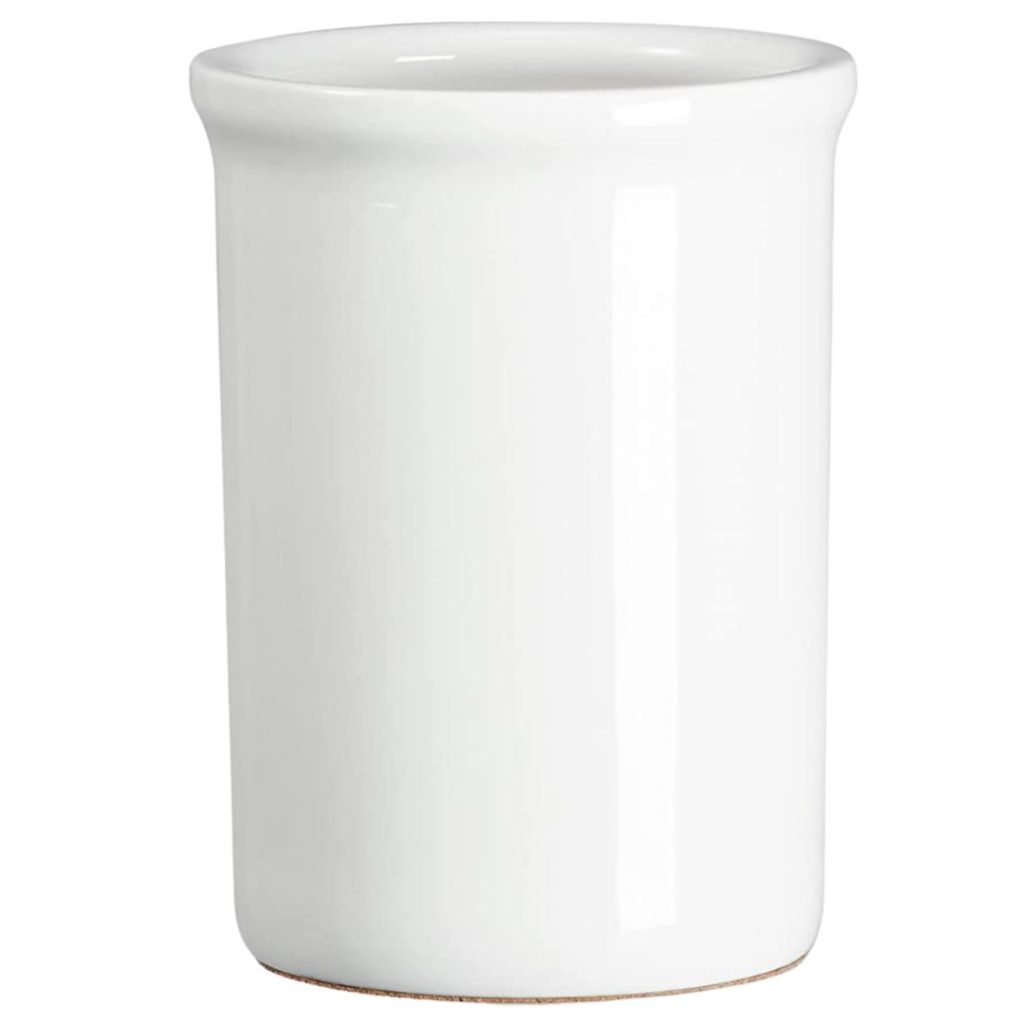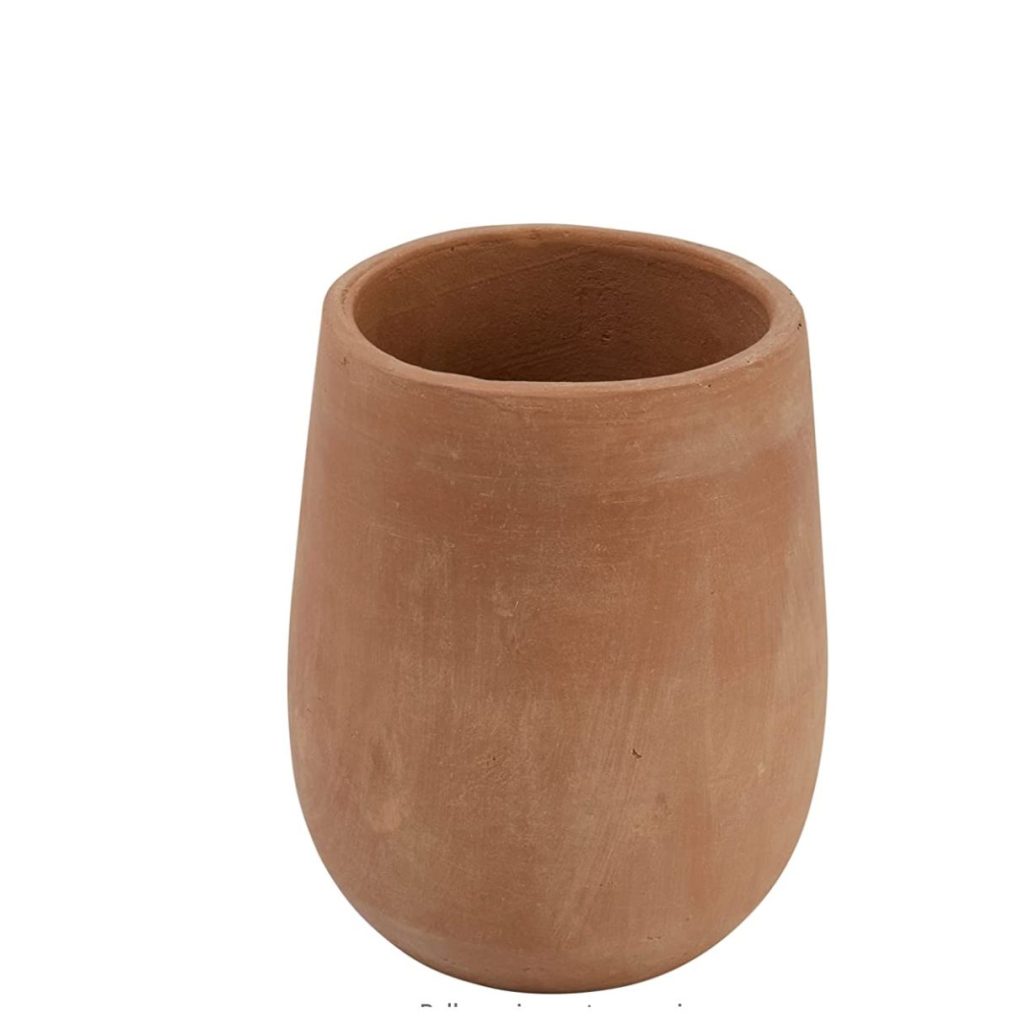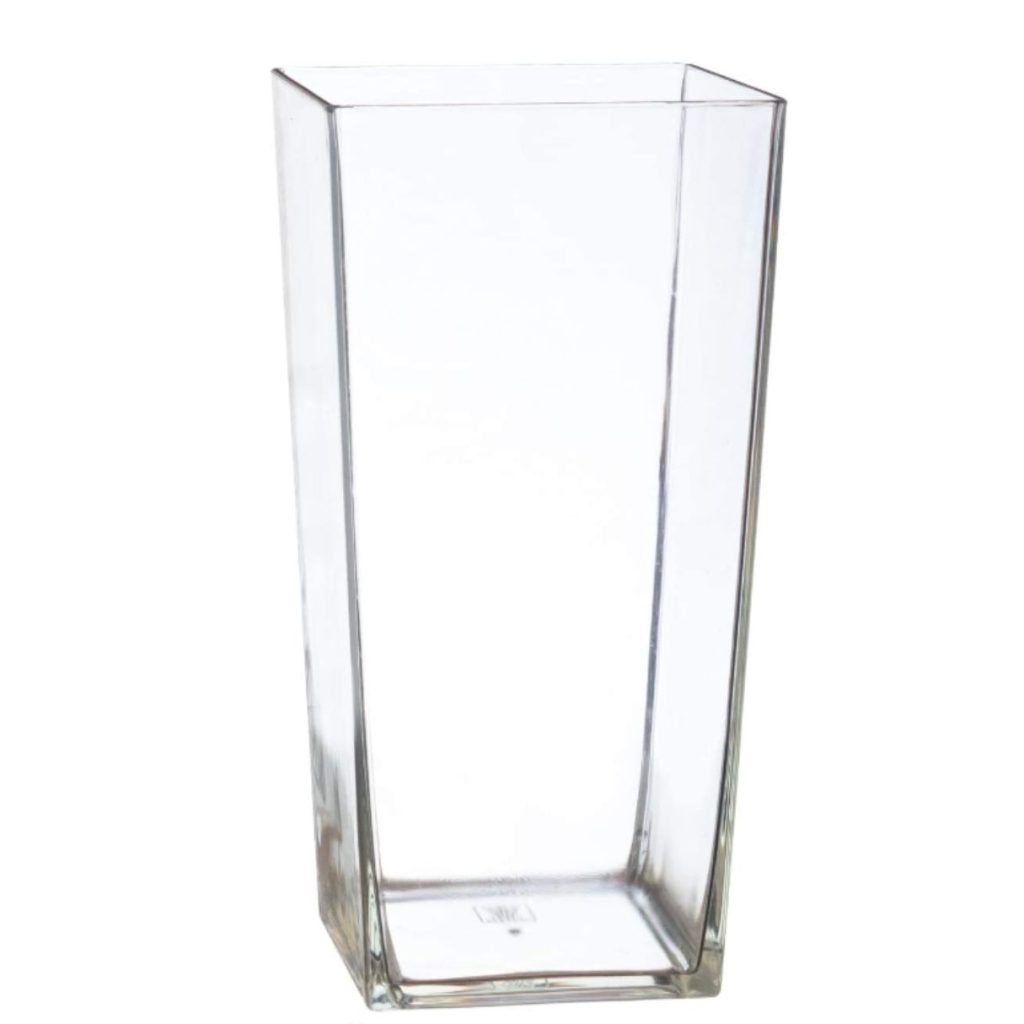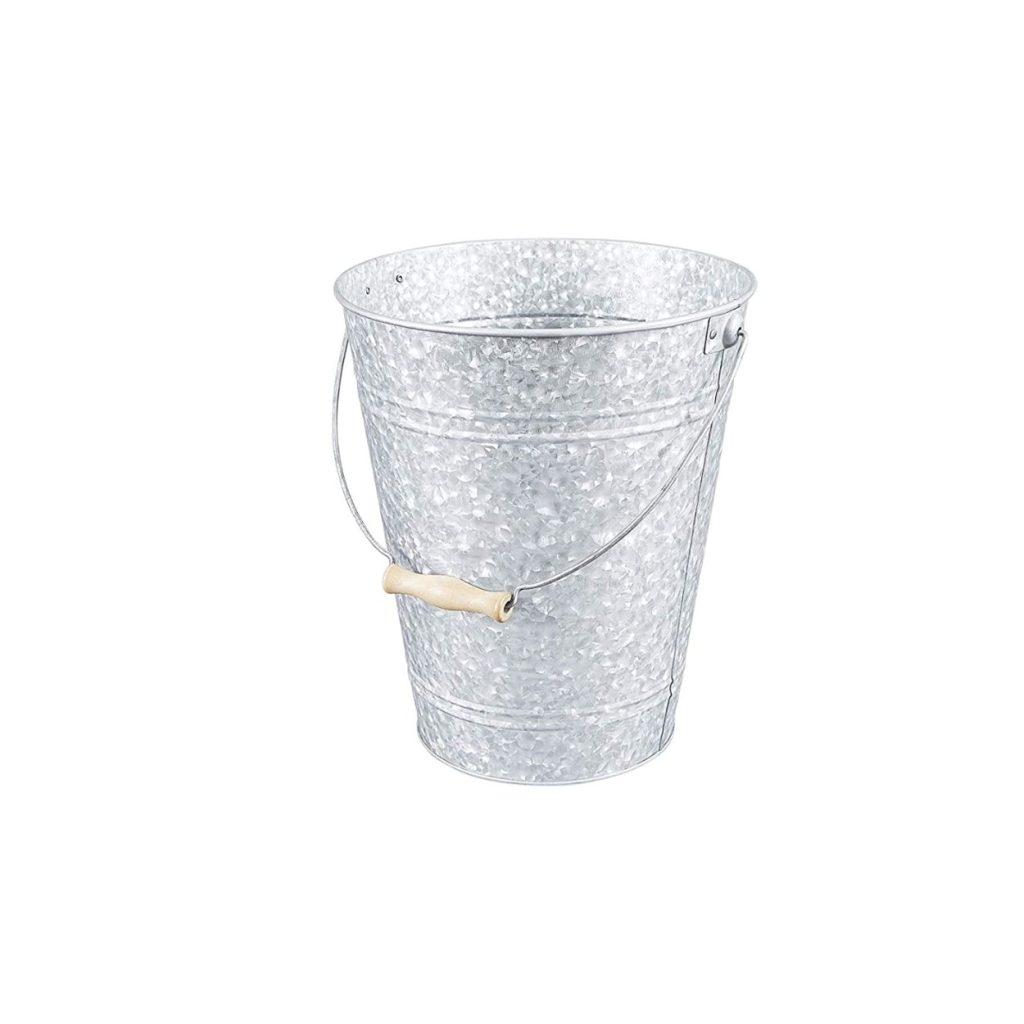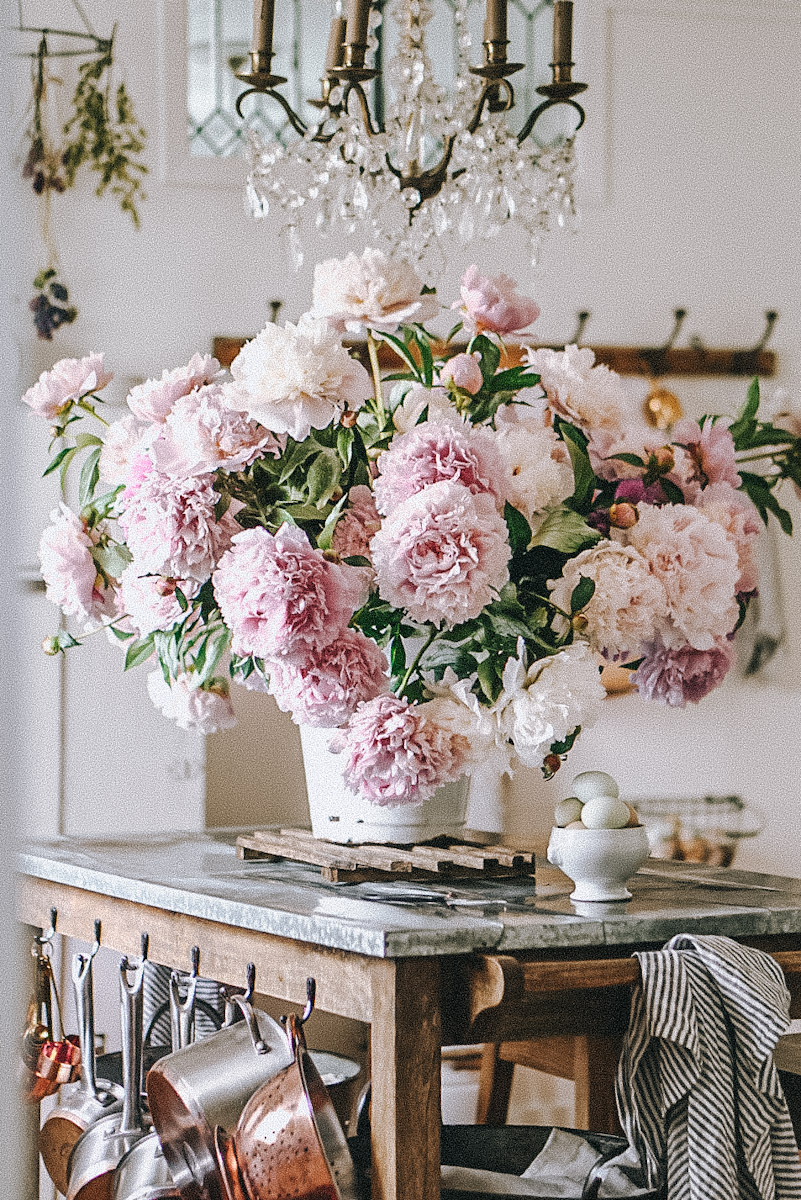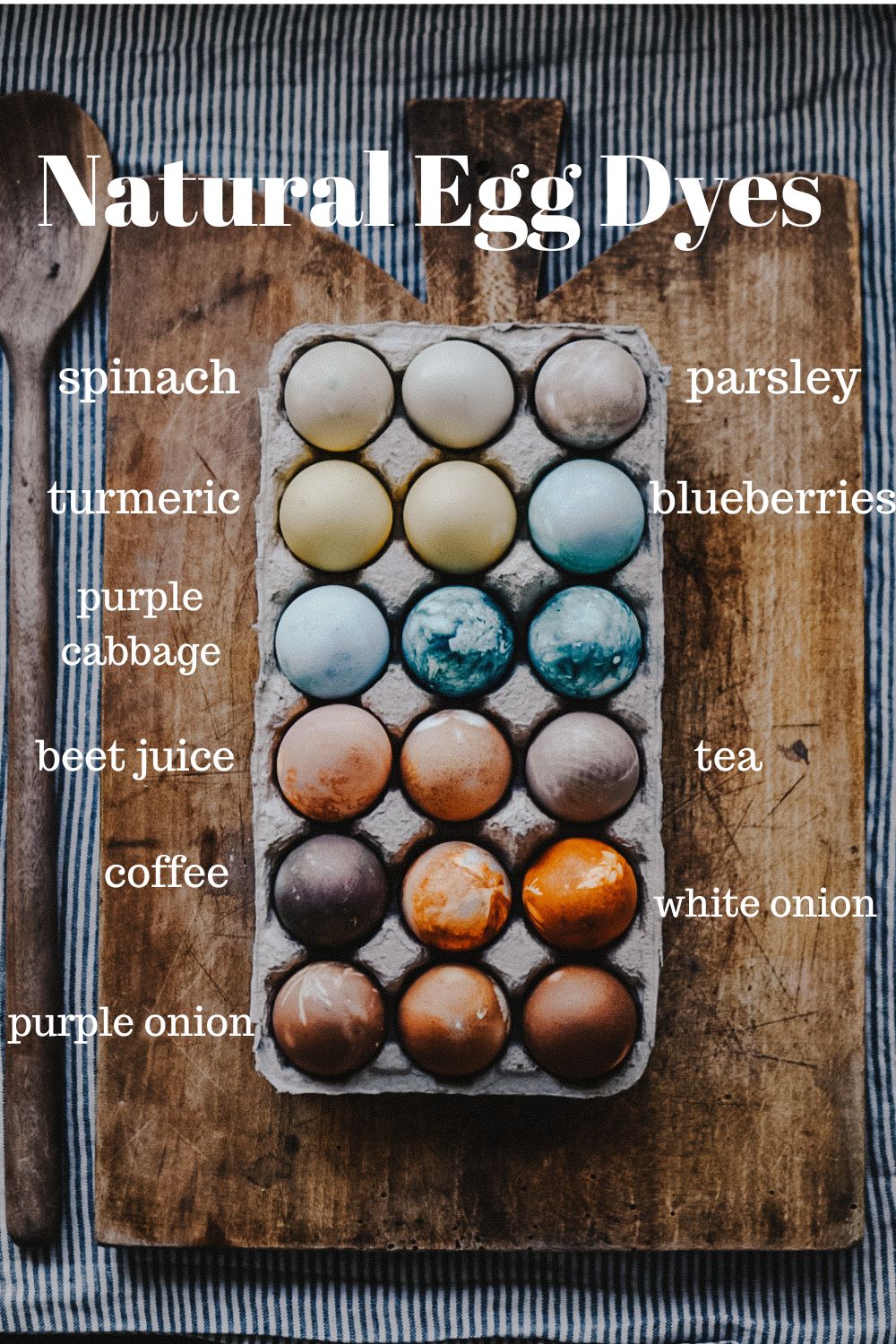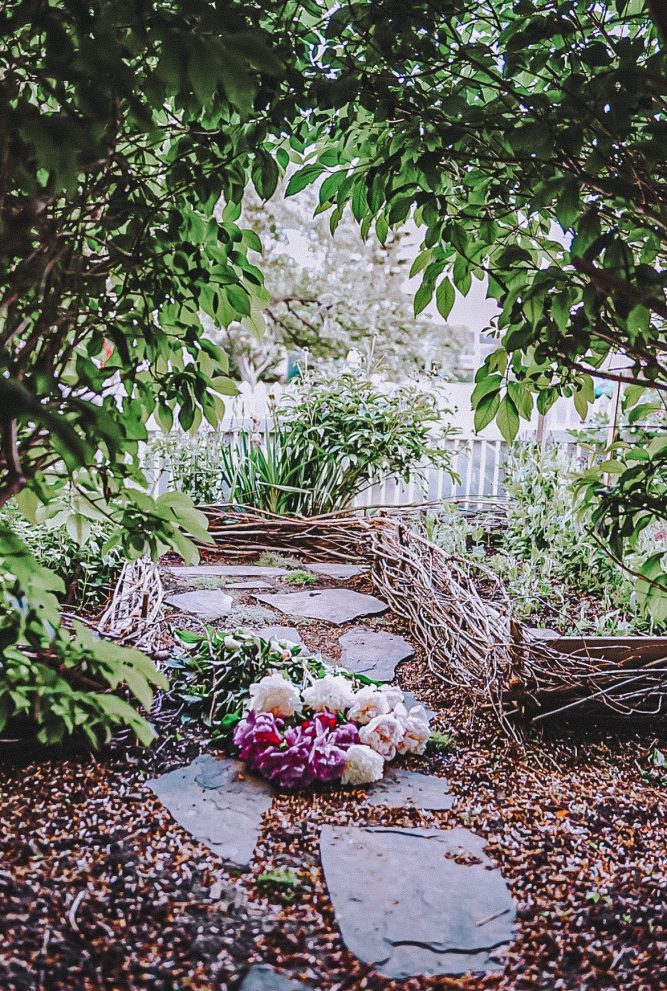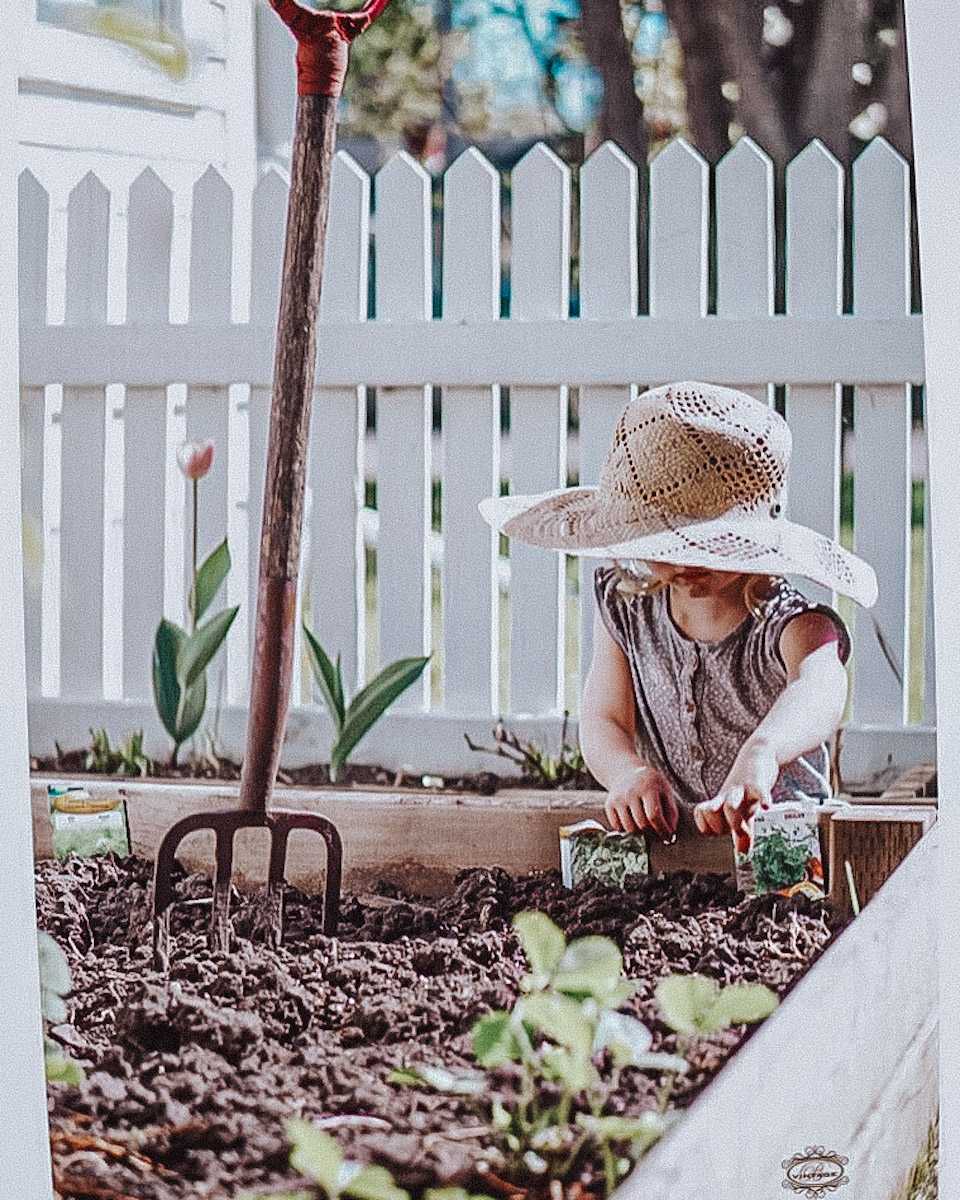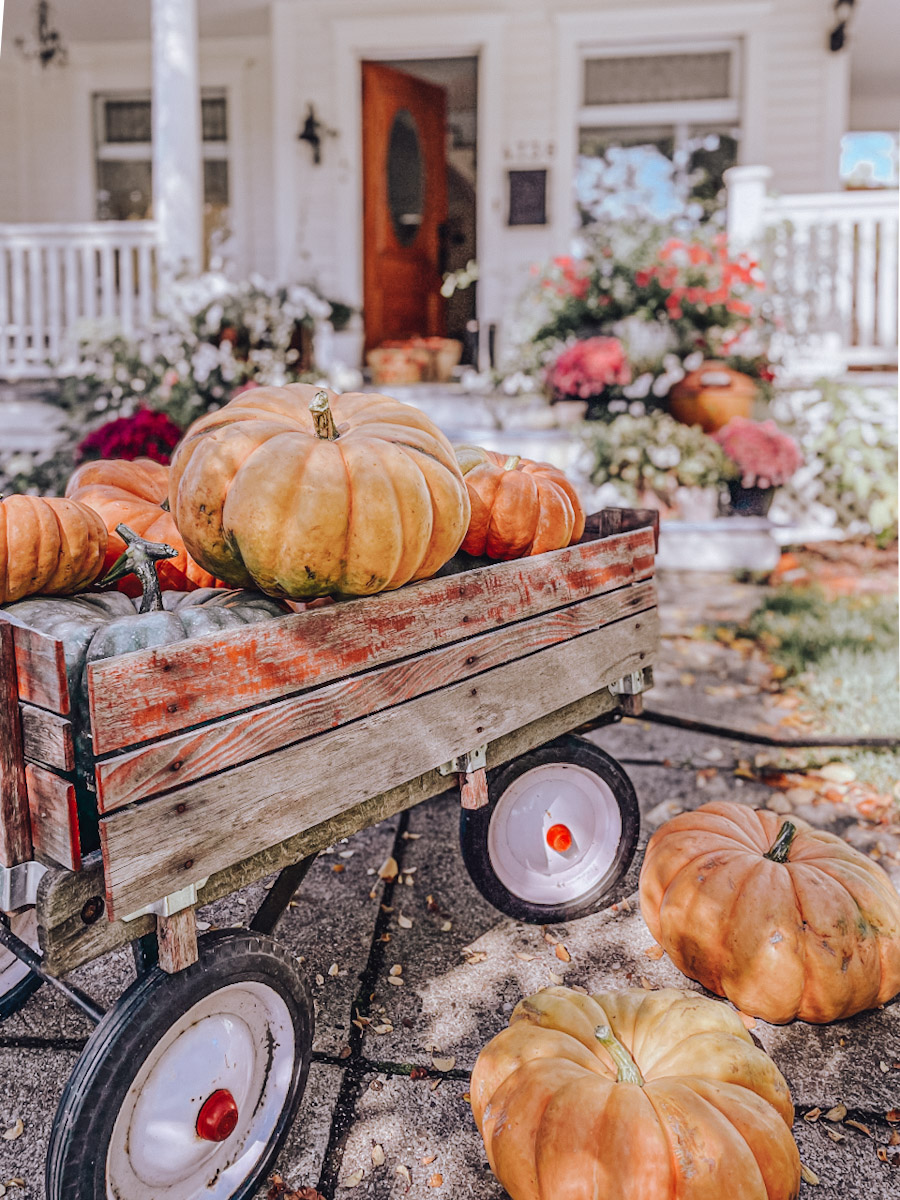This post may contain affiliate links. Please read our full Disclosure Policy.
Lilac bouquets are a must in the home during the lilac season! Lilacs are a stunning addition to any floral arrangement, bringing a touch of elegance and a delightful fragrance to any room. However, these delicate blooms can be pretty finicky when arranging them in a vase and keeping them from wilting prematurely.
Here are some tips and techniques for arranging lilacs in a vase and ensuring they bring beauty and charm to your home for as long as possible.
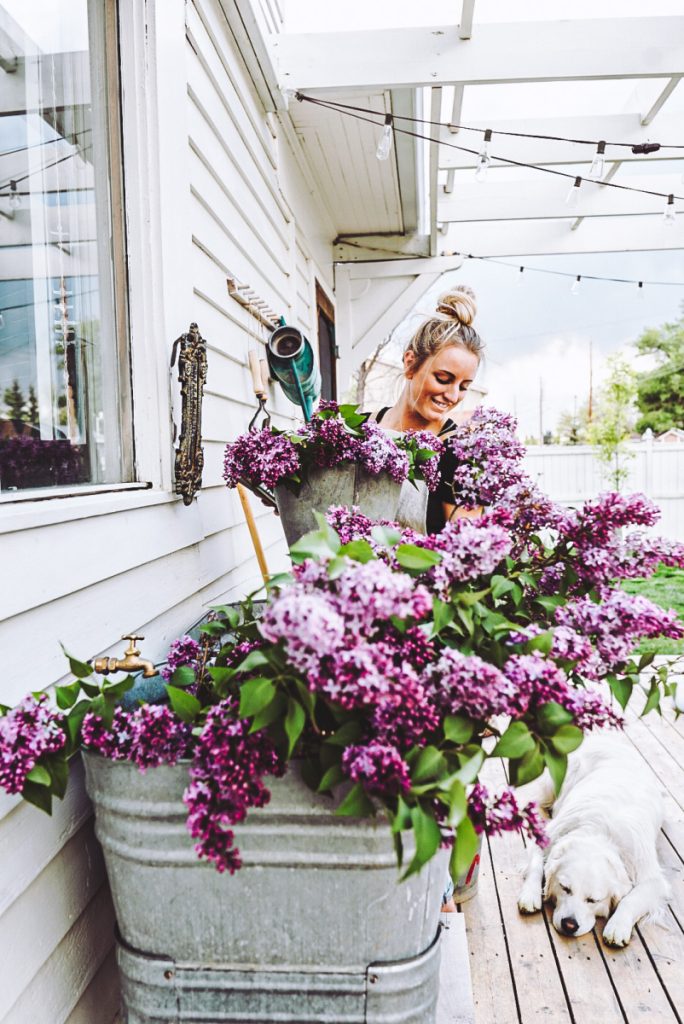
Arranging a Lilac Bouquet
There is possibly no greater bloom than the lilac! Those little flowers bloom together to create a beautiful ombre bundle that almost overflows from the lilac bush itself! I am so lucky to live in a zone where Lilac blossoms grow easily, and hedges get bigger with more blooms yearly!
Lilacs come in all sorts of pretty colors, from muted pinks and whites to deep magentas and beautiful blues, but my favorite color is the prestige purple lilac. I love to bring big bunches into my home to enjoy throughout the lilac season! Here is a detailed care guide to help you make those big beauties last as long as possible!
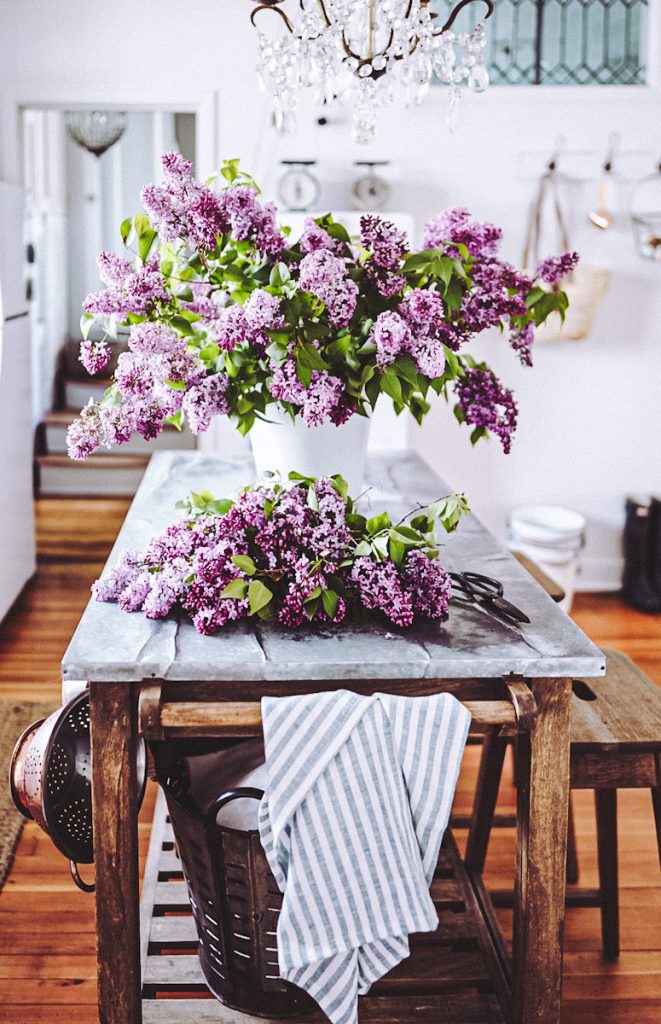
Selecting and Harvesting Lilacs
While lilacs look lovely outside, we all love to bring them indoors and have lilac arrangements in a vase or bucket! The scent of lilac fills our entire homes, and they look beautiful just as single stems or as a sizeable lilac arrangement!
The problem is that lilacs don’t last long once the flowers are cut and brought indoors, so here are a few tips to help maximize the life of a cut lilac. To be completely honest, these tips are not guaranteed and you will be lucky to get cut lilac blossoms to last three days to a week, but give it a try anyways! The smell and beauty of lilacs are worth totally it!

Best Time to Cut Lilacs
Depending on your gardening zone, lilacs will bloom and peak from May to late June and even into early July if the season is late. Here in central Alberta, Canada, we are a Zone 3 and can enjoy blooming lilacs into the beginning of July most years. The higher your gardening zone, the earlier your lilacs will bloom.
When selecting and harvesting lilacs, it is crucial to determine the ideal time to cut the flowers. The best time to cut lilacs is in the early morning when the flowers are fully hydrated and not exposed to the day’s heat. This ensures that the lilacs maintain their freshness and vibrancy after cutting.
To verify that the lilacs are ready for harvest, examine their petals. Look for flowers with only a few open blossoms, with the rest still closed buds. This ensures that the lilacs will last longer in a vase.
Typically, a lilac bush will bloom for around two weeks. The timing of the blooms is dependent on the variation of the lilac. Once a lilac stem is cut, it will last approximately two days to a week. So if you want to extend the lilac season, try planting a few variations of lilacs around your home and locations with various sunlight.
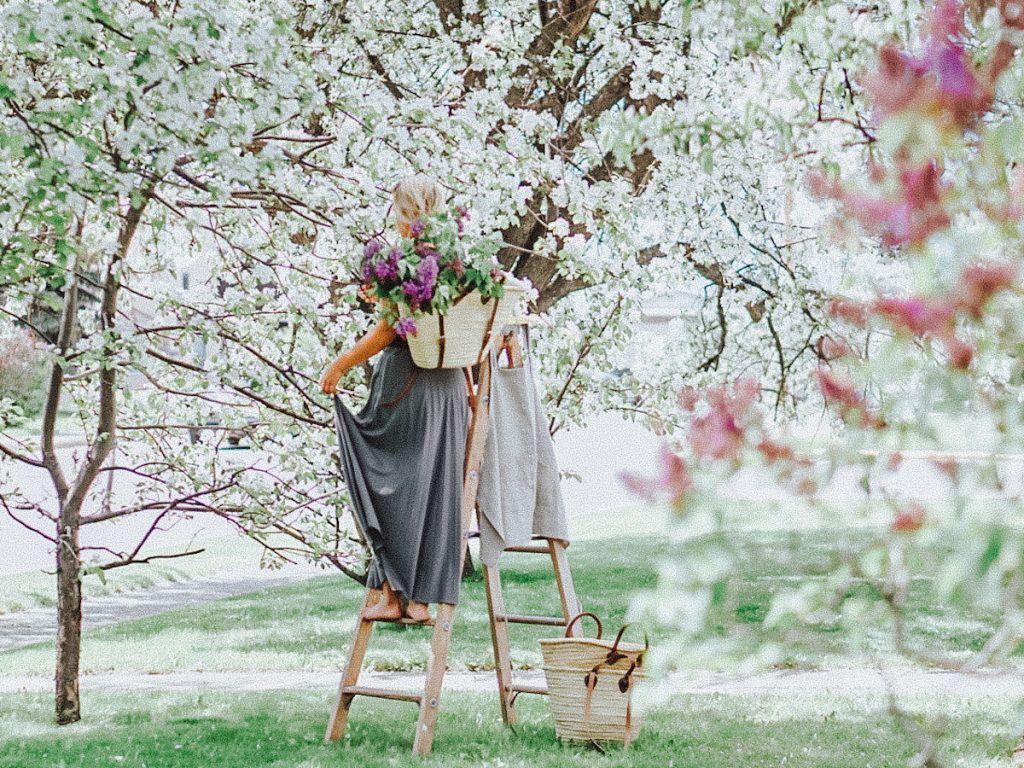
Pruning Shears and Techniques
When cutting lilacs from the garden, using proper pruning shears and techniques is essential for protecting the plants’ health and ensuring the cut flowers’ longevity. I also love to use these large French shears!
No matter what you choose to use to cut your lilacs, make sure, they are sharp and clean pruning shears to minimize damage to the stems. Before cutting, remove any leaves or damaged stems from the lilac branch to improve the appearance of the bouquet.

To cut the lilacs, follow these simple steps:
- Hold the pruning shears at a 45-degree angle relative to the stem.
- Make a clean, straight cut about 6 to 8 inches from the base of the stem.
- Gently shake the cut lilac stems to remove any loose petals or debris.
- Place the cut lilacs immediately into a bucket of water to keep them hydrated.
Remember to always care for the health of the lilac plant by making proper pruning cuts. This guarantees the longevity of your cut flowers and promotes healthy growth in your garden.
Preparing Lilacs for a Bouquet in a Vase
Clipping and Splitting Stems
Cut the stems at a 45-degree angle to increase surface area for water absorption when preparing lilacs for a vase. This will help keep the cut lilacs hydrated and fresh.
You can also use a hammer to gently split the bottom of the stem about an inch, further enhancing water uptake.
Removing Foliage
Remove any leaves or greenery below the waterline in the vase to prevent bacterial growth and the water from getting dirty. Leaving foliage submerged in the water may shorten the vase life of the lilacs.
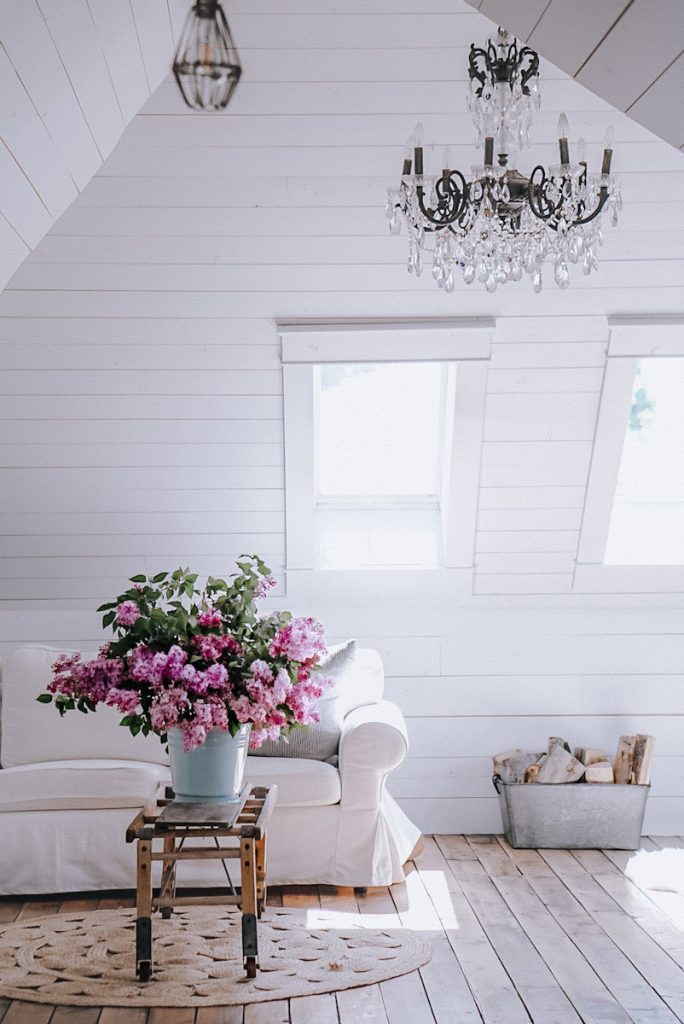
Hydration
Prepare a clean vase and fill it with fresh water. For even better results, you may use a flower food or a homemade flower food solution of sugar and water to nourish the lilacs, keeping them fresh longer. After arranging the lilacs, submerge the stems in the water immediately. This prompt hydration is key to the longevity of the lilacs.
Special Care
Although lilacs don’t necessarily require special care like hydrangeas, providing optimal conditions for water absorption will ensure the best vase life. Refresh or top up the water in the vase every few days and store the lilacs in a cool, well-ventilated area, away from direct sunlight, to extend their life even further.
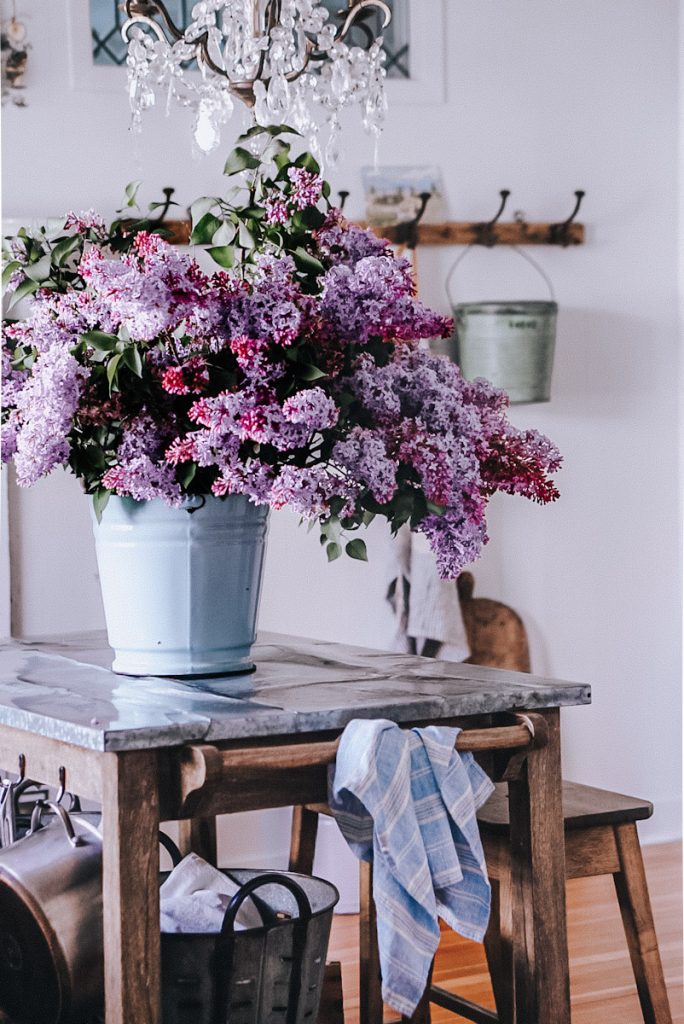
I even set my lilac bouquets outside or in a cold space at night! The cool air will help revive the wilting blooms, then first thing in the morning, bring them back in and continue to enjoy the fantastic aromas. You can also store them in a refrigerator.
Arranging Lilacs in a Vase
Choosing the Right Vase
When arranging lilacs in a vase, it is essential to choose the right vase to ensure they have ample space and support. Select a clean vase with a wide mouth and sturdy base, as lilacs can have significant, heavy blooms. I recommend a metal or enamel bucket, or a glass or ceramic vase, as these materials help keep the water cool and fresh for a longer time.
Creating the Bouquet
Before arranging the lilac bouquet:
- Trim the stems at an angle to encourage better water absorption.
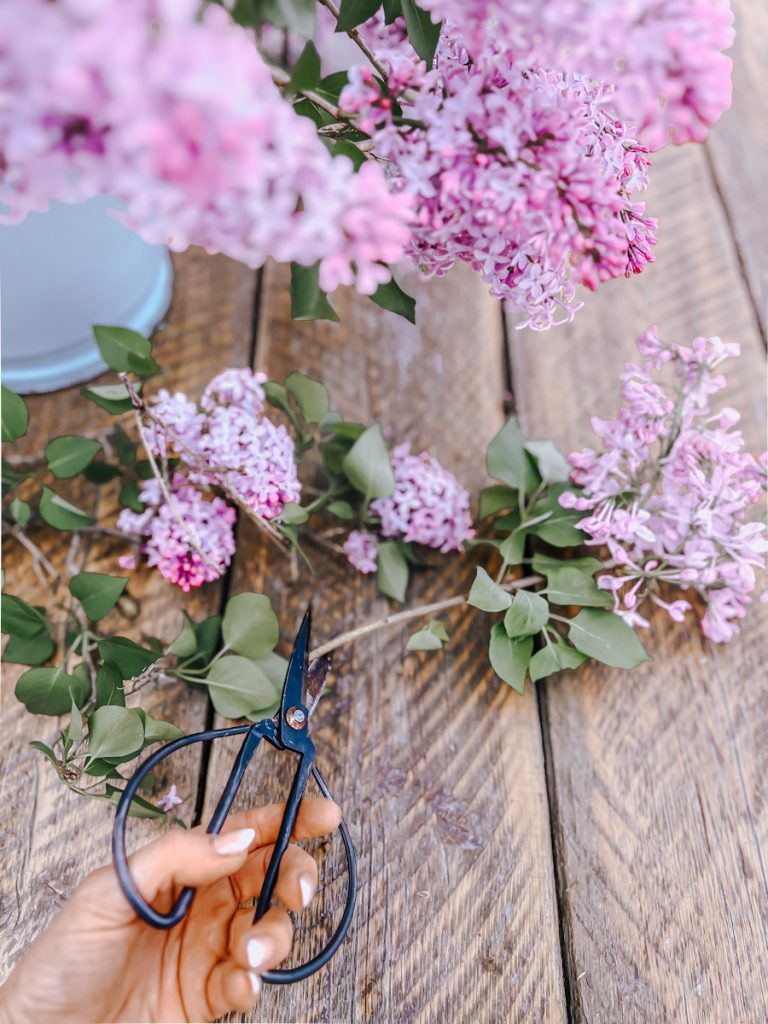
- Remove any leaves submerged in water, as they can introduce bacteria and promote wilting.
- I sometimes use a wire holder or “flower frog” in my vase or container. This can be made from chicken wire or mesh wire.
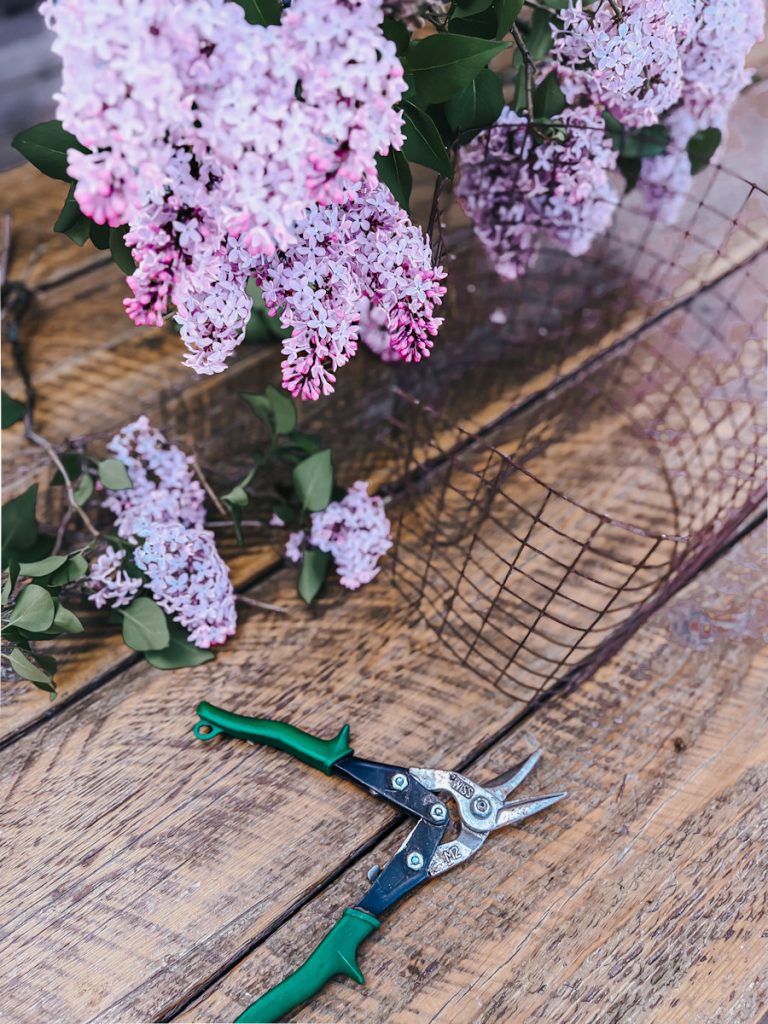
- Cut the wire to the width of the vase and place it inside securely. This will help your top heavy lilacs stay in place when you arrange them
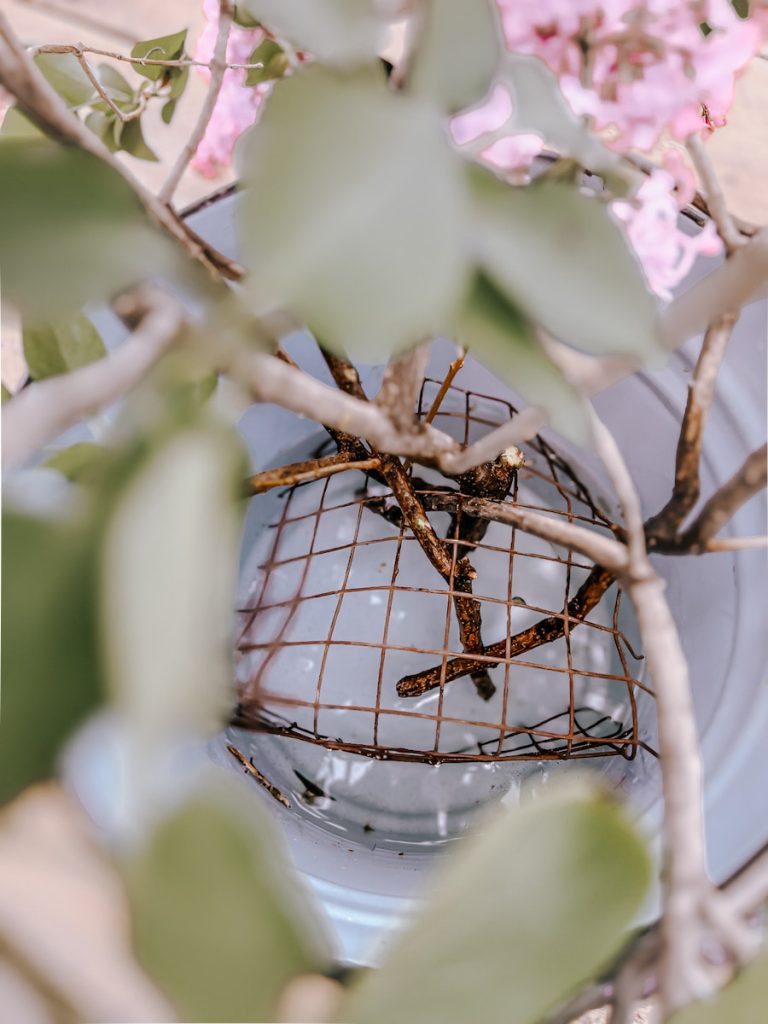
- Arrange the lilacs by height, with taller stems at the back or center of the arrangement and shorter stems towards the edges.
This creates a visually pleasing and balanced display. I also love to mix different varieties and colors of lilacs for some extra detail in the bouquet.
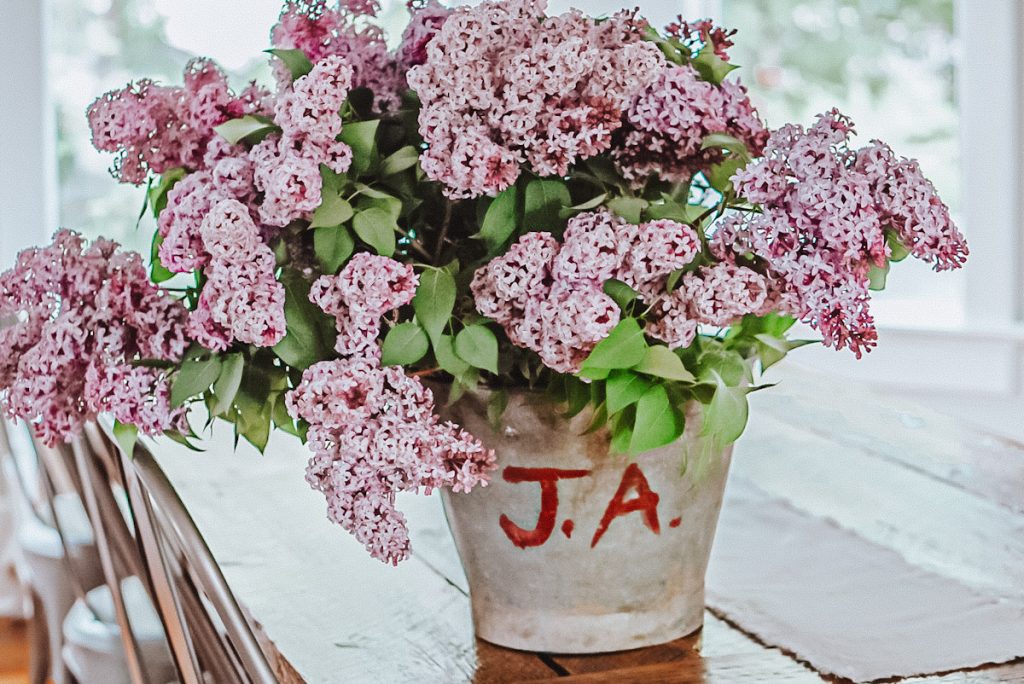
For the same look as my bouquet of lilacs, use a simple galvanized bucket like the one shown below and then use my tutorial on how to age metal to get the look.
Adding Greenery and Other Blooms
I love the simple look of lilacs just on their own, however these flowers do look lovely with other flowers and greenery too. If desired, incorporate greenery such as ferns or eucalyptus to enhance the visual appeal and add texture to the lilac arrangement. You can also mix in other fragrant blooms for added color and interest, but make sure they have similar water requirements as lilacs. A few beautiful options include roses, peonies, and delphiniums.
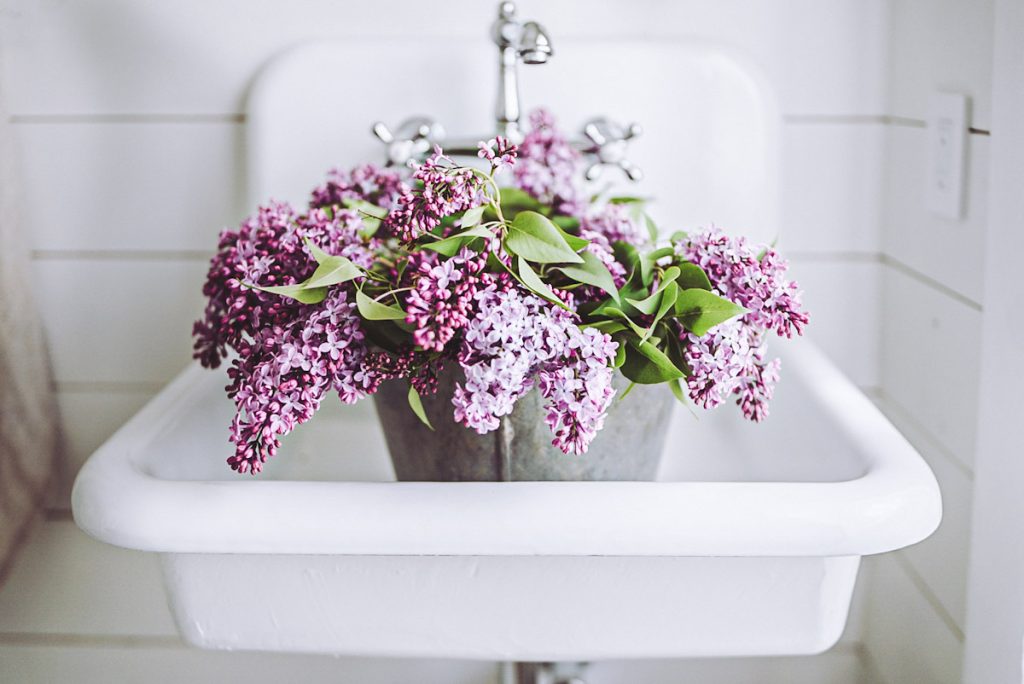
Prolonging Lilac Bouquet Vase Life And Prevent Wilting
Look but don’t touch! Leave cut lilac arrangements alone once you have arranged them. After you cut the lilacs, place them immediately into the water, and if you put them in a different container, transfer them without trimming them! Re-trimming only stresses the blooms out! So cut and enjoy!
Water and Nutrient Maintenance
Fresh blooms tend to wilt faster if they are not well-hydrated. One way to delay drooping or wilting is to top up the water daily, ensuring the blooms have enough water at all times.

Location and Sunlight
The location and light exposure also play a critical role in preserving the freshness of your lilac arrangement. Heat sources make the flowers wilt faster, so it’s best to keep the vase in a cool location with indirect light. This protects the blooms from direct sunlight that could harm them and helps preserve their vibrant colors and fragrance.
Keeping Vase Clean
Keep. It. Clean! Maintaining the cleanliness of the vase is another crucial factor in prolonging the life of lilacs. Vase residue can cause bacteria to grow and rot the flowers quickly. To prevent this, clean the vase throughly before you use it but once the flowers are arranged, no need to replace the water daily, these flowers don’t do well when you move them or mess with them too much so simply leave them be and enjoy.
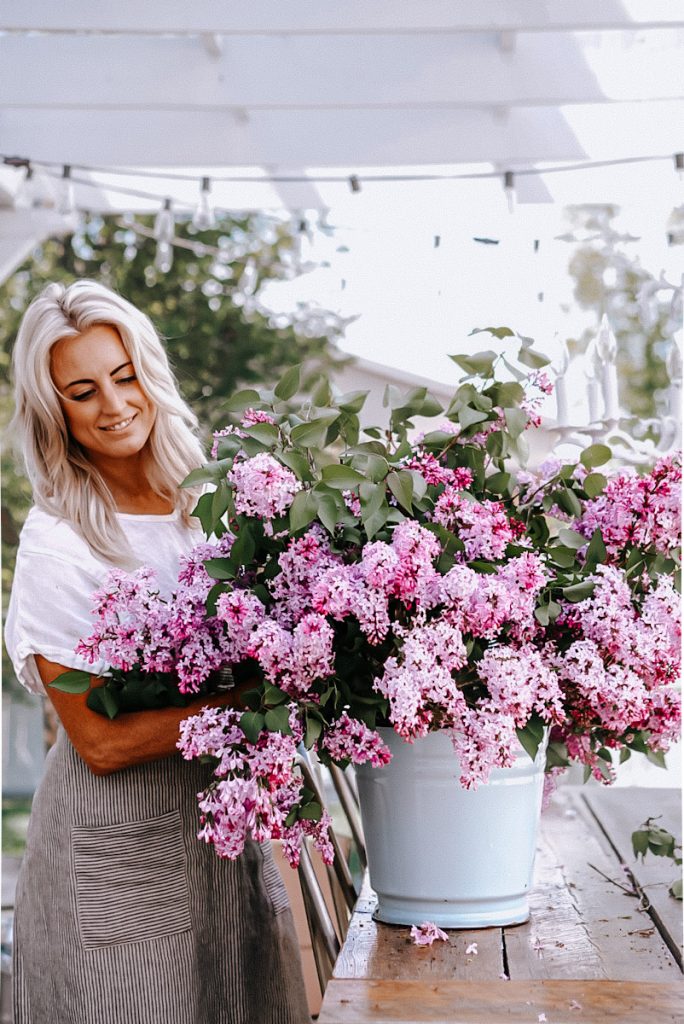
Flower Food And Floral Preservatives
In addition to water, lilacs benefit from a floral preservative.
Floral preservatives extend the life of your lilac bouquet and typically contain sugar to nourish the flowers, an acidifier to optimize water uptake, and a biocide to reduce bacterial growth.

You can purchase commercial floral preservatives or make your own flower food at home. For a simple homemade solution, mix the following ingredients:
- 1 quart of water
- 2 tablespoons of sugar
- 2 tablespoons of white vinegar or lemon juice or bleach.
Add this mixture to your vase of lilacs to help keep them from wilting.
Reviving Wilted Lilacs
Sometimes you can bring your lilacs back after they begin to wilt. This technique can sometimes get them back for a few hours; other times, it can work for a few days.

Hydrating Lilacs Techniques
To rehydrate your lilacs follow these steps:
- Fill a bathtub or large sink full of room temperature water.
- Submerge the entire wilted lilac, stem, and all into the water for at least two hours or overnight.
- Enjoy a freshly hydrated lilac.
Now and then, the lilacs are too far gone to rehydrate, but it is always worth a try to extend the life of these blooming beauties.
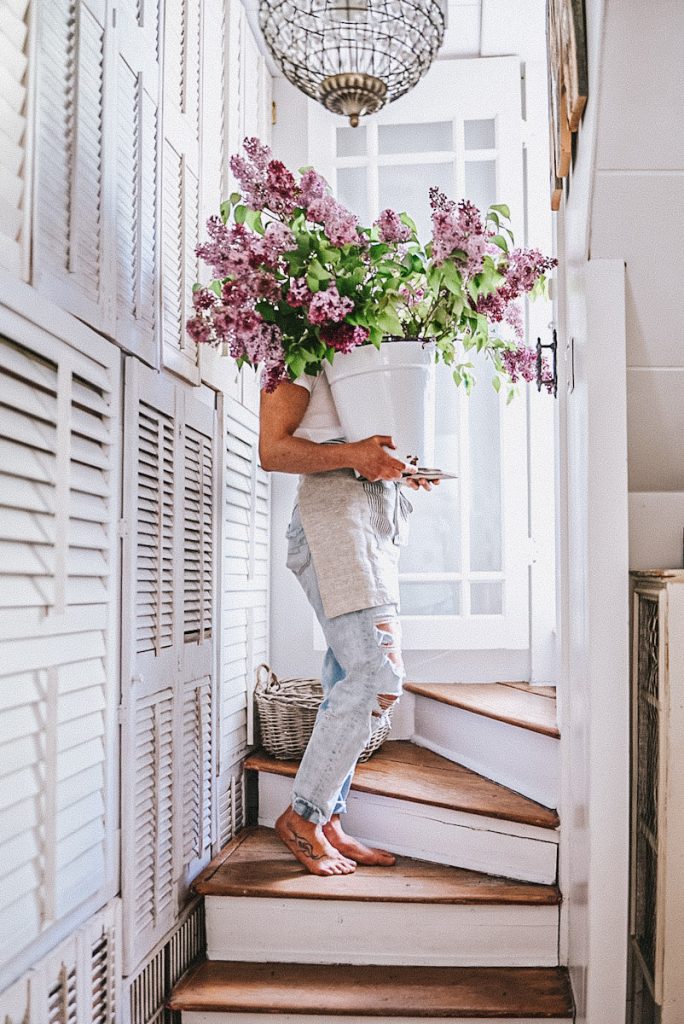
More Flower Care
- How To Make Roses Last Longer In A Vase
- How To Arrange Tulips In A Vase
- What To Make With Rose Petals – 5 Brilliant Uses
Do you love peonies too? Make sure to take a look at this amazing tutorial on how to preserve peonies! This step-by-step tutorial will allow you to have fresh peonies right into the winter months!
Frequently Asked
To prevent lilacs from wilting in a vase, make sure to change the water every two days. Re-cut the stems at an angle each time you change the water to ensure that they can continue to absorb water. Keep the vase out of direct sunlight and away from heat sources. Additionally, you can mist the flowers with water to keep them hydrated.
To arrange lilacs in a vase, start by trimming the stems at an angle with a sharp pair of scissors. Remove any leaves that will be submerged in water to prevent them from rotting and causing bacteria to grow. Then, fill the vase with lukewarm water and add floral preservative. Arrange the lilacs in the vase, making sure that the stems are evenly spaced and not overcrowded.
Yes! Lilac blossoms are in fact edible! They smell much better than they taste but it is still fun to use them as a lovely spring garnish for a salad or to infuse them in your lemon water. You could also try making a recipe for lilac tea!
want to save this recipe?
Enter your email & I’ll send it to your inbox. Plus, get great new recipes from me every week!
By submitting this form, you consent to receive emails from B Vintage Style.
How To Arrange A Lilac Bouquet
Instructions
- Trim the stems at an angle to encourage better water absorption.
- Remove any leaves submerged in water, as they can introduce bacteria and promote wilting.
- Use a wire holder or "flower frog" in the vase or container. This can be made from chicken wire or mesh wire.
- Cut the wire to the width of the vase and place it inside securely. This will help your top-heavy lilacs stay in place when you arrange them
- Add flower food or a tablespoon of both vinegar and granulated sugar to the water to help prevent bacteria growth and to help nourish the blooms.
- Arrange the lilacs by height, with taller stems at the back or center of the arrangement and shorter stems towards the edges
Video
Notes
- Top up the water daily to ensure all the stems are getting enough hydration.
- Keep the bouquet out of direct sunlight and store it outdoors in the cool overnight. This will help prevent it from wilting.
- Make sure your vase or container is cleaned thoroughly before you begin to arrange the flower.
- Use flower food to help prevent bacteria and to help nourish the flowers.


